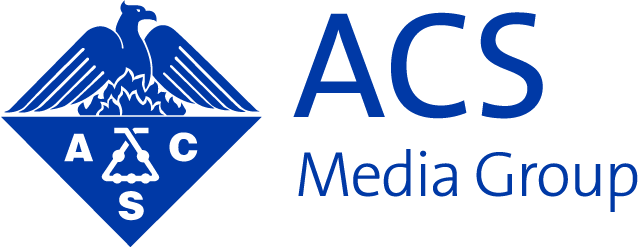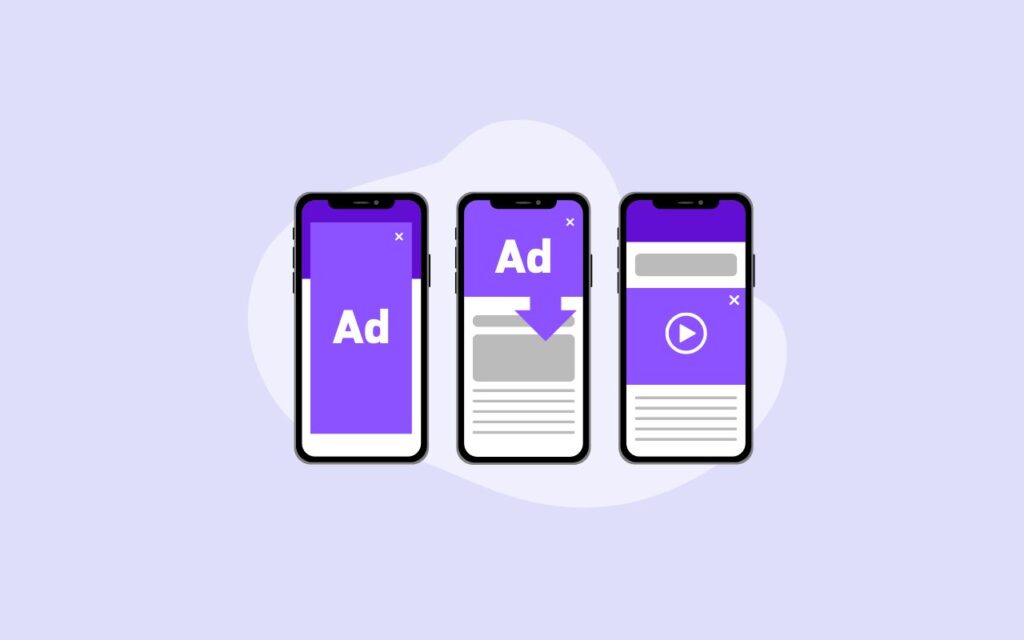Science brands have incredible, often complex stories to tell. Sometimes, narrowing that message down into a single banner ad can feel impossible. Rich media advertising is one solution that many companies are embracing. Unlike traditional display ads, which are static and limited to a single interaction point, rich media ads capture attention and encourage deeper engagement by allowing users to interact in multiple ways. Because they offer a more immersive experience, rich media ads frequently lead to increased brand recall and higher conversion rates.
At ACS Media Group, our rich media ad units outperform the click-through rates of traditional banners by 70%. So, what makes rich media ads so effective? We spoke with Natalia Bokhari, ACS Senior Manager of Revenue Operations & Marketing, to explore the key components of successful rich media campaigns and some common pitfalls to avoid.

The optimal way to choose the right format for any ad campaign is to consider the desired user action and campaign messaging. Rich media ads provide more extensive ad space, allowing you to effectively convey your campaign message, showcase product or campaign imagery, and create an engaging experience.”
– Natalia Bokhari, ACS
What is Rich Media Advertising?
So, what is a rich media ad, and is it right for you? A rich media advertisement is any form of digital advertising incorporating interactive elements like video, audio, or other features designed to engage users and encourage interaction.
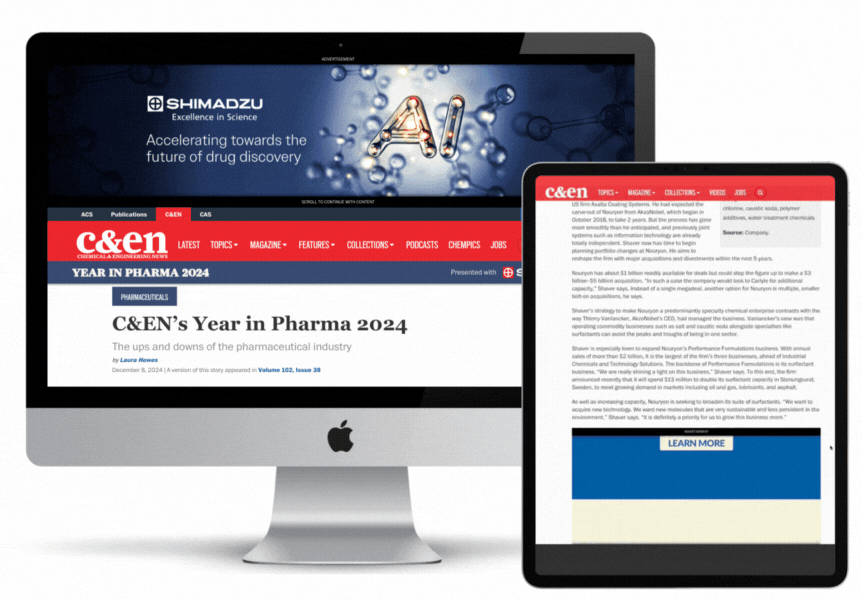
According to Bokhari, the optimal way to choose the right format for any ad campaign is to consider the desired user action and campaign messaging. “It’s important to avoid cluttering your ad space with excessive copy and images. Rich media ads provide more extensive ad space, allowing you to effectively convey your campaign message, showcase product or campaign imagery, and create an engaging experience,” she said.
Some of the most commonly used rich media ad formats include:
- Header Revealer Ads – These high-visibility ads appear at the top of a webpage and expand downward to immediately grab user attention.
- In-Article Reveal Ads – Seamlessly integrated into the content, these ads become visible as the user scrolls, ensuring a natural and non-disruptive experience.
- Expandable Ads – Starting as a small banner, these ads expand upon user interaction (such as a click or hover) to provide additional information or visuals.
- In-Banner Video Ads – These display ads contain embedded video content, allowing users to watch without leaving the current webpage.
- Interstitial Ads – Full-screen ads that appear between content transitions, such as between website pages or during app usage.
- Slider Ads – These ads subtly move into view from the side of a webpage, drawing user attention without being overly intrusive.
- Interactive Game Ads – Puzzles, quizzes, and “choose your adventure” experiences that captivate audiences and have viral potential due to their fun, entertaining nature.
Maximizing the Impact of Rich Media Ads: Advantages and Strategies
What makes rich media ads so effective? “Rich media ads bring a dynamic edge to digital advertising that static display ads can’t quite match,” said Bokhari. Motion-based elements like animations and video naturally draw the eye, while interactive components encourage users to engage with content rather than passively scrolling past it. Here are some of the key advantages of rich media ads and how you can leverage them:
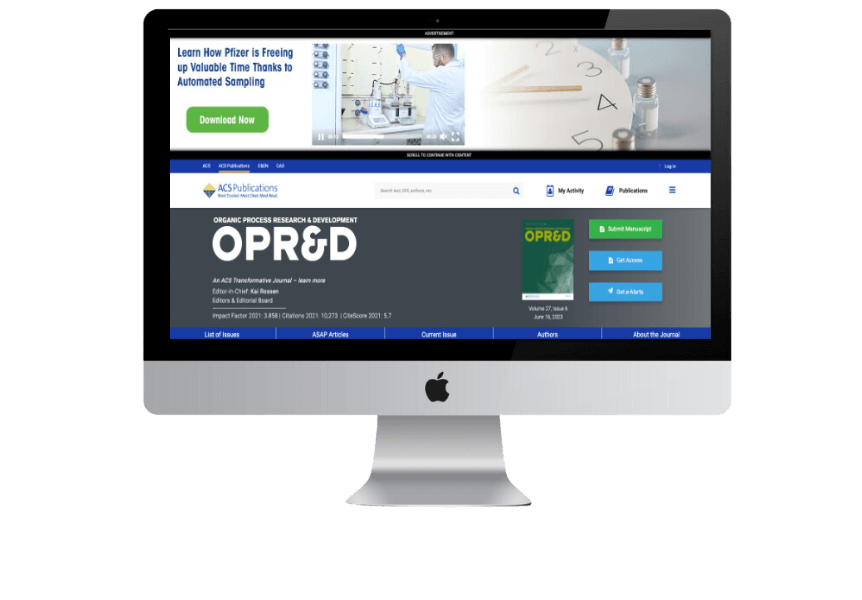
Higher Engagement and Click-Through Rates (CTR)
Interactive elements like videos, animations, or carousels are more likely to capture and hold attention than static visuals. “Because they’re more engaging and memorable, rich media ads often lead to higher CTRs, meaning more users take action,” said Bokhari. For example, a rich media ad from Mettler-Toledo incorporated a video into a header revealer ad unit, achieving a video engagement rate of 44.44% and a click-through rate of 1.90%, well above industry benchmarks for static banner ads.
Storytelling Potential
The multimedia capabilities of rich media ads allow advertisers to craft more compelling, immersive stories that convey their message effectively. Scientists want to hear from other scientists, and rich media ads enable you to include videos and photos of scientists that tell your story and incorporate their voices. “By including photos of the real scientists behind your research or services, you can build authenticity, humanize your brand, and connect with audiences,” said Bokhari.

Enhanced Analytics
Rich media ads can track user interactions—like clicks, hovers, or video views—offering more detailed insights into audience behavior. Want to take it a step further? Use the enhanced data to create personalized and dynamic versions of your ads based on audience behavior. For example, if a user watches your video but doesn’t click through, serve them a different version of the ad that invites them to view more videos on your website. Studies show up to 88% of U.S.-based marketers have reported campaign improvements due to personalized and dynamically updated content.

Creative Freedom
Rich media advertising allows you to literally think outside the box. Expandable and full-page interstitial ads free you from the constraints of a typical 728×90 banner ad space. Plus, creative experiential ads like quizzes and games enable advertisers to experiment and innovate, designing unique experiences that align better with their brand’s voice and objectives.
Stronger Brand Recall
The dynamic nature of these advertisements often leaves a more lasting impression, which increases the likelihood that viewers will remember the brand. This is especially true when rich media ads use data to target audiences contextually. A study by GumGum found a 41% increase in spontaneous recall and a 69% increase in prompted recall from audiences when rich media formats were placed in relevant environments. Although brand awareness is often overlooked in favor of more immediate or tangible objectives, it is extremely valuable and directly impacts revenue. The annual Kantar BrandZ study consistently shows that companies with strong global brands outperform well-known portfolios like the S&P 500.
Top Mistakes Brands Make with Rich Media Ads and How to Steer Clear
When implementing rich media campaigns, brands sometimes stumble into common pitfalls which can reduce the effectiveness of their efforts. Watch out for these mistakes as you build your rich media campaigns.
Interactive elements should ultimately drive the desired action. Engagement should be guided by a clear visual hierarchy that highlights the main message.”
– Natalia Bokhari, ACS
Overwhelming Content
Including too many interactive or multimedia elements can overwhelm users and dilute the key message. Simplicity and clarity are crucial. “Interactive elements should ultimately drive the desired action,” said Bokhari. Whether it’s a site visit, a video view, or another goal, the ad should not overwhelm or ask too much of the user. The campaign’s effectiveness can suffer if the call to action is buried under information or hidden within the rich media. “Engagement should be guided by a clear visual hierarchy that highlights the main message,” she said.
Tip: Conduct A/B testing to determine which elements attract the best engagement, and choose ad placement locations that integrate seamlessly with the site content.
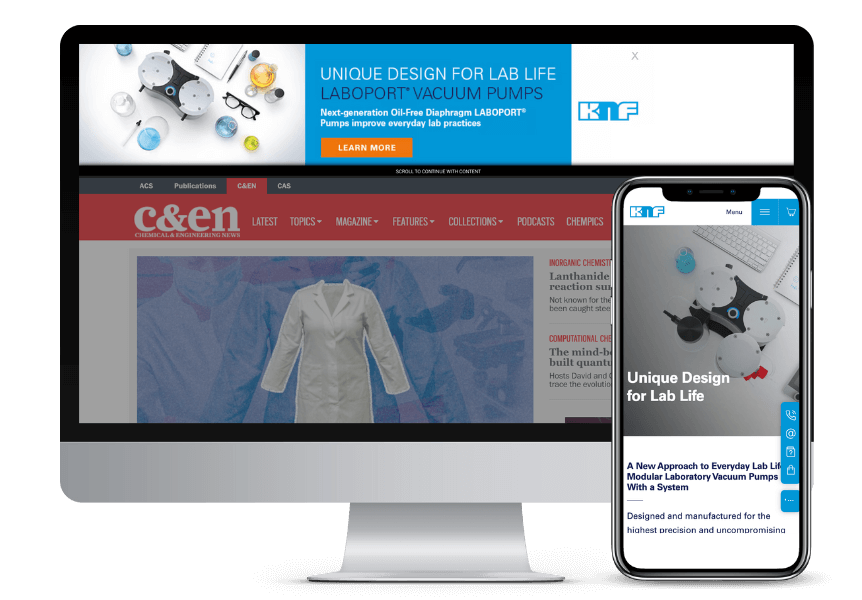
Lack of Brand Consistency
Don’t let the freedom of rich media ads get out of control. Your ad should still feel like a message representative of your company’s core values and visual identity. “If the design and tone of the rich media don’t align with the brand’s identity, it can create confusion or weaken brand recognition,” said Bokhari.
Poor Mobile Optimization
Mobile usage continues to rise, even for B2B audiences. A Boston Consulting Group study found 80% of B2B buyers are using a mobile device at work, and more than 60% report that mobile played a significant role in a recent purchase. Failing to design rich media content that works seamlessly across devices—especially mobile—can alienate a significant portion of the audience.
Slow Speed and Technical Glitches
Heavy media elements can result in slow loading times, which frustrates users and may lead them to abandon the content entirely. When rich media elements fail to load or function properly, they can damage credibility and diminish the overall user experience. Additionally, avoid using autoplay sound, as most browsers do not support this feature.
Tip: Always allocate time for testing, especially with rich media ads. Their interactive features make each one unique. Even if your timeline is tight or it’s a site you have previously advertised with, skipping comprehensive testing across platforms and devices can lead to problems that could have been addressed before launch.
Ignoring the Analytics
Some brands don’t take full advantage of the interaction data rich media provides, missing opportunities to refine strategies or better understand audience behavior. Observing all the available data allows a brand to understand where improvements can be made and measure success correctly.
Rich Media Ad Ideas for B2B Science Brands
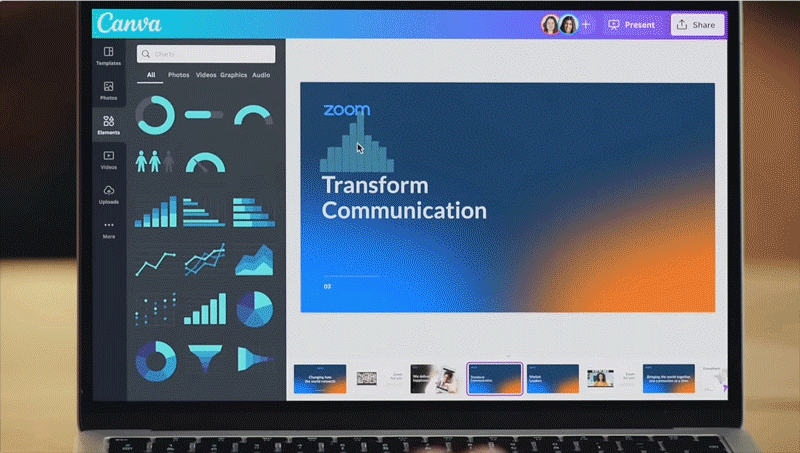
Exploring the vast possibilities of rich media ads can be daunting, but science brands can draw inspiration from successful campaigns, both in and outside of the industry. Take Canva’s “What will you design today?” campaign, for instance. It masterfully combined video storytelling and interactive content to showcase real-world applications of its design platform.
Imagine a similar campaign for a science brand, demonstrating how lab instruments or drug discovery software are utilized by diverse companies. Through engaging video content and animations, science companies can create interactive product demos that highlight complex functionalities and celebrate business success stories with dynamic visuals.
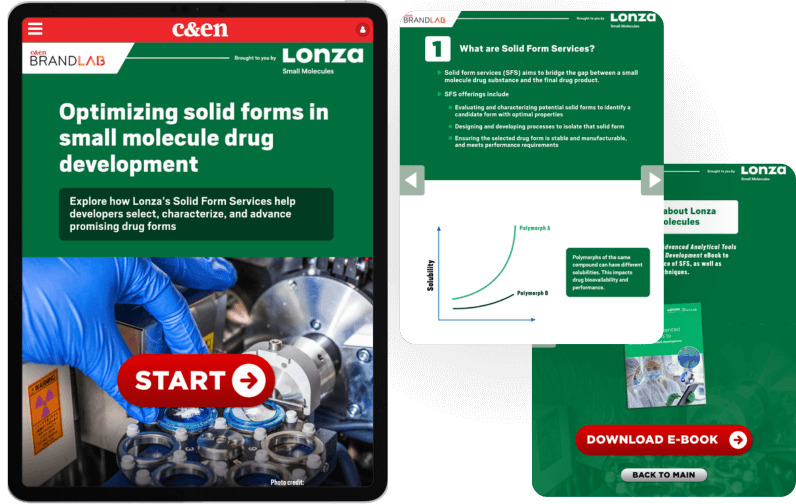
Beyond video, science marketers can use mini-games or simulations to make product discovery more immersive. For example, a biotech company could design a virtual experiment for users to manipulate variables and see real-time results. Engaging data visualizations, like this example from Lonza, can transform complex information into digestible insights, enhancing comprehension and trust in the brand’s expertise.
Even small changes can have a big impact. Crello’s shift to animated illustration videos is a compelling case study for the effectiveness of rich media ads on social media. By replacing static image ads with dynamic animated content, Crello’s marketing team saw engagement soar, with clicks more than doubling from 145 to 325. This shift also led to a 50% reduction in cost per click, proving that rich media ads can be more cost-effective while delivering higher interaction rates. This case study underscores how rich media formats, especially on platforms like Facebook, can dramatically enhance ad effectiveness and marketing ROI.
What’s Next for Rich Media Advertising?
Rich media advertising has proven to be a powerful tool for capturing attention, driving engagement, and improving ad performance across industries. With digital B2B ad spend expected to grow year over year, rich media’s prominence will be cemented as an integral part of digital campaigns. Bokhari predict an “increased focus on measurability and ad performance” will have even more B2B advertisers turning to rich media solutions in the years ahead.
Also on the horizon? Expect brands to move beyond animation, video and interactive game ads into the next iteration of rich media advertising.
Anticipate seeing more use of:
- Artificial Intelligence: AI integrations will enable ads to be personalized using real-time data, creating highly targeted and relevant experiences.
- Augmented Reality: AR tools will offer immersive and interactive experiences, such as panoramic images of labs or field studies where users can rotate their view 360 degrees.
- 3D: Ads will allow viewers to interact with products using 3D banners or rotating cube ads, adding a new dimension to engagement.
Now is the time to experiment—launch a rich media campaign, track key engagement metrics, and witness firsthand how these advanced formats can elevate your marketing impact. To kick start your rich media strategy, contact us to learn how we can help you build interactive and captivating ads on C&EN and ACS Journals.
